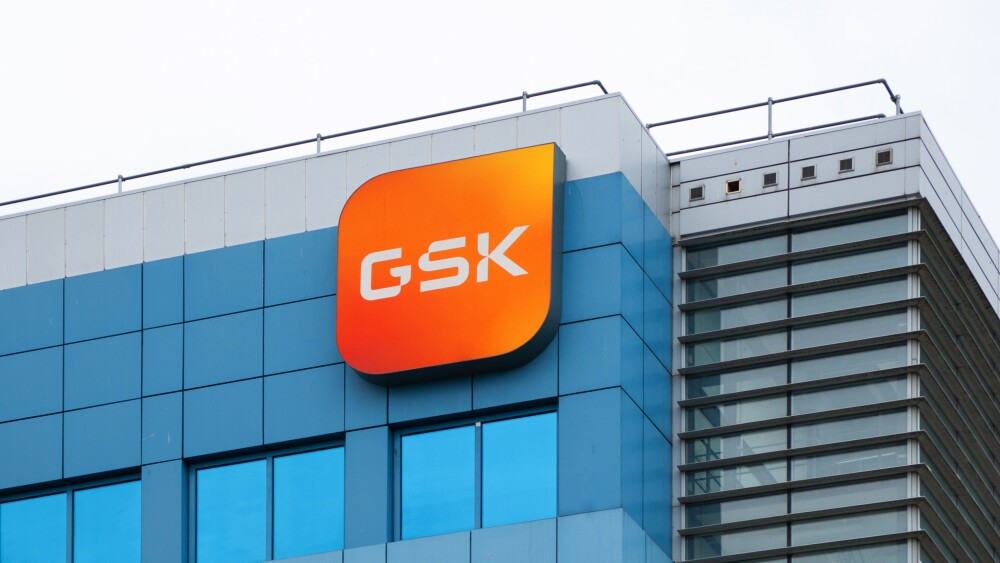In a groundbreaking new study, scientists at Harvard University have identified one enzyme that seems to dictate the limits of our physical performance.
As humans, we seem innately drawn to pushing our physical limits. Whether it’s running, swimming or cycling, we’re constantly trying to outdo ourselves. But, try as we might, the human body has its limits. In a groundbreaking new study, scientists at Harvard University have identified one enzyme that seems to dictate the limits of our physical performance. Remarkably, blocking this enzyme increases both fat metabolism and exercise endurance in mice.
The source of all energy: carbs, fats, and proteins
Our bodies run on three main nutrients: carbohydrates, fats and proteins. When we consume carbohydrates, our digestive system breaks them down into sugar (glucose), which enters our bloodstream. As blood glucose levels increase, our pancreas produces insulin which triggers our cells to absorb glucose. Glucose can then be used as a source of energy or stored for later use.
Glucose is stored in our muscles and liver as glycogen. When we need more energy, our cells break down glycogen into glucose, which our muscles can use for energy. Although glycogen can be quickly broken down for a fast source of energy, our bodies are only able to store so much. Typically, we can only store enough glycogen for about 2,000 calories - this is equal to about 90 to 120 minutes of constant vigorous exercise.
Fortunately, our bodies can also use other nutrient sources for energy. This is where fats come in. Although fats are often viewed as an evil nutrient (particularly among dieters), they play a critical role in energy metabolism.
Fats differ from carbohydrates as an energy source in several important ways. First, fats are a more concentrated energy source than carbohydrates or proteins. Carbohydrates and proteins provide only about 4 calories per gram, while fats provide about 9 calories per gram. Second, unlike carbohydrates, our bodies can store large amounts of fat in the form of triglycerides in fat tissue and in muscles. Finally, fats take longer than carbohydrates to convert into energy. This makes fats a great long-term source of energy, but less ideal for quick, high-intensity bouts of exercise.
How do our bodies determine whether to use carbohydrates or fats for fuel?
Carbohydrates and fats can both be used during exercise, and the balance between each relies on several factors. A person’s recent diet, their history of physical conditioning, and the duration and intensity of exercise can all influence how and when carbohydrates and fats are used for fuel.
Because our bodies can store large amounts of fat and because fats are broken down more slowly than carbohydrates, fats are a key player in exercise endurance. Indeed, endurance exercise training alters our metabolism in such a way that it increases the capacity of our skeletal muscles to break down fats for energy.
Shifting the balance of energy metabolism to enhance endurance
If endurance training increases our ability to break down fats for energy, and fats provide a long lasting and abundant source of energy, could we enhance exercise endurance by enhancing fat burning in muscles?
Indeed, this is exactly what Harvard scientists demonstrate in mice. In the study, published in the August 4 issue of Cell Metabolism, the researchers find that an enzyme known as prolyl hydroxylase 3 (PHD3) serves as a sort of “brake” that halts fat breakdown in muscle cells. When this enzyme is blocked and the brake is released, fat burning and endurance exercise capacity is increased.
The research team stumbled upon PHD3 when studying fat metabolism in cancer. In their previous work, they found that PHD3 is abnormally low in certain types of cancer, including acute myeloid leukemia (AML). They also found that, in normal conditions, PHD3 participates in a pathway that ultimately prevents fatty acids from entering mitochondria. Mitochondria are cellular structures where fatty acids are broken down to create energy.
They also found that, in normal conditions, PHD3 modifies an enzyme called ACC2, which produces a metabolite (malonyl-CoA) that suppresses a fatty acid transporter on mitochondria. Overall, this prevents fatty acids from being used as a fuel source.
“We previously found that PHD3 regulates mitochondrial fatty acid oxidation in a subset of cancers - AML,” lead researcher Marcia Haigis told BioSpace. “Specifically, the decreased expression of PHD3 was predictive that a subset of AML cancers would rely upon fatty acid oxidation for their growth and survival. As mitochondria play central roles in a number of physiologies, including muscle function, we wondered whether this mechanism would be important in muscle function during an acute stress challenge.”
Their findings opened up new possibilities for cancer therapies that could potentially act on PHD3 to deprive tumors of their fuel source.
In their more recent work, the researchers show that PHD3 and another enzyme, AMPK, control the balance between glucose and fat usage. They also show that this balance is dependent on how much glucose is available. When glucose is abundant, PHD3 modifies ACC2 in a way that inhibits fat breakdown. When glucose is scarce, AMPK modifies ACC2 in an opposite manner, which suppresses PHD3 and allows fatty acids to be used for fuel.
While their initial findings were based on cells grown in culture, the researchers also confirmed their findings in live mice. They first fasted mice to induce a glucose-deficient state. When they did this, they found lower PHD3 modification of ACC2 and higher AMPK modification of ACC2, consistent with their findings from cells.
The researchers also wanted to know what would happen if they blocked PHD3 from functioning normally in mice. To do this, they trained genetically modified mice that lack PHD3 to run on a treadmill. They found that mice without PHD3 can run longer and further than mice with normal PHD3 levels. They also found the same degree of exercise enhancement when they deleted PHD3 only in skeletal muscles, suggesting that PHD3 activity within skeletal muscles is a key driver of exercise endurance.
Though these findings are promising, more research is needed to understand the specific details of how blocking PHD3 enhances exercise endurance and whether there are any negative effects of blocking PHD3.
In the future, the researchers plan to continue investigating the role of PHD3 in fatty acid metabolism.
“In the next steps we are curious to learn more about how PHD3 function mechanistically affects the activity of the enzyme ACC2 to regulate metabolism,” Haigis said. “We are also working to understand how loss of PHD3 function may affect outcomes in disease models of muscle dysfunction.”





